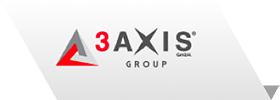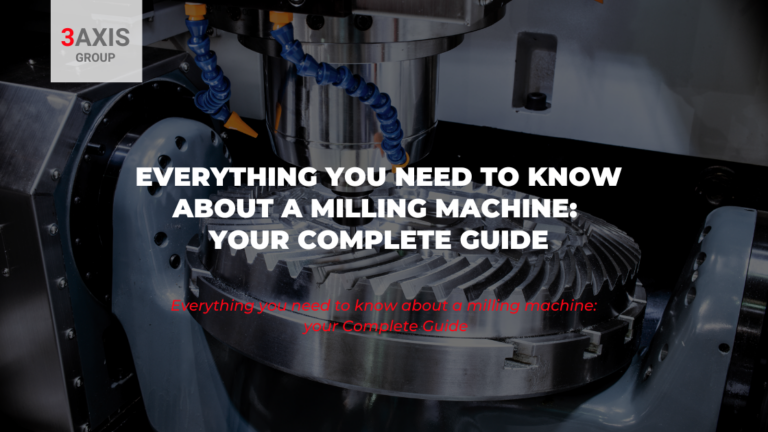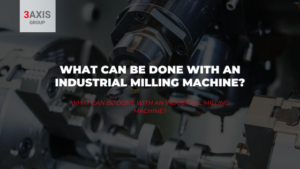Milling machines play a crucial role in the manufacturing industry, enabling precision cutting and shaping of materials. Whether you’re a seasoned machinist or just delving into the world of machining, understanding the ins and outs of milling machines is essential.
All you need to know about a milling machine.
As mentioned above, a milling machine is a powerful tool with a variety of applications in manufacturing. From understanding their basic functions to exploring the advantages, disadvantages, types and key components, this guide will serve as a comprehensive resource for navigating the world of milling machines. The knowledge gained here will undoubtedly improve your machining process skills.
What Are Milling Machines?
Milling machines are powerful tools used to shape and cut solid materials such as metal, wood, or plastic. They are equipped with rotating cutters that remove material from a workpiece’s surface to achieve the desired shape or size. Milling machines are highly versatile, making them indispensable in industries ranging from automotive to aerospace.
How Do Milling Machines Work?
At their core, milling machines operate on the principle of rotary cutting. The workpiece is secured to a table or fixture, and the cutting tool, typically a rotating cylindrical cutter, is brought into contact with the material. The cutter removes material in layers, creating a precise and controlled cut. Modern milling machines often feature computer numerical control (CNC), allowing for automated and highly accurate machining processes.
The advantages and disadvantages of milling machine
Advantages:
- Precision: Milling machines offer unparalleled precision, making them ideal for intricate and detailed work.
- Versatility: They can handle a wide range of materials and produce various shapes, from simple to complex.
- Efficiency: With the right tooling and setup, milling machines can achieve high production rates.
Disadvantages:
- Cost: Although it is true that high-quality milling machines can be a significant investment, today, you can get second-hand milling machines with few hours of use and at an exceptional price.
- Learning Curve: Operating a milling machine requires skill and training.
- Size and Weight: Some milling machines are large and heavy, requiring ample space and a robust foundation.
Types of Milling Machines
Milling machines come in various types, each designed for specific applications. The primary categories include:
- Vertical Milling Machines: Ideal for vertical surfaces, these machines have a spindle that moves up and down.
- Horizontal Milling Machines: With a horizontal spindle orientation, these machines are best suited for heavy cutting and large-scale projects.
- Turret Milling Machines: Known for their versatility, turret milling machines have a stationary spindle and a movable table, allowing for various cutting angles.
Parts of the milling machine
Understanding the key components of a milling machine is crucial for efficient operation. Here are the essential parts:
- Base: The foundation of the machine, providing stability and support.
- Column: Supports the overarm, vertically adjustable for different workpiece heights.
- Knee: Moves vertically on the column, supporting the saddle and table.
- Saddle: Moves on the knee horizontally, supporting the table.
- Table: Where the workpiece is secured and manipulated during the milling process.
- Spindle: Houses the cutting tool, rotating to perform the cutting action.
- Overarm: Supports the arbor, arbor support, and ram.
Learn more about the operation of milling machines by reading our blog. You will be able to discover the components of a milling machine and the step by step of milling. Do not miss it.
Explore our marketplace to find an extensive selection of CNC milling machines, including horizontal and vertical milling machines, as well as 5-axis milling machines. If you’re uncertain about the ideal choice for your project, we’re here to assist you. Feel free to reach out to us via our website or drop us a message at offer@3axis-group.com. We look forward to helping you find the perfect solution for your needs. Let us be your partner in achieving manufacturing excellence!




